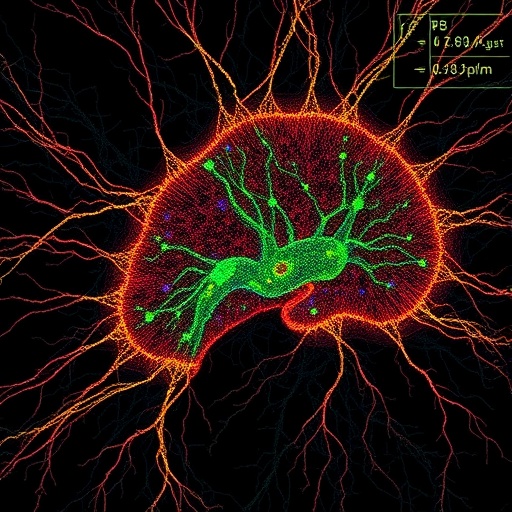The Gerontological Society of America (GSA) — the nation's largest interdisciplinary organization devoted to the field of aging — has signed on to the Fragility Fracture Network's Global Call to Action to improve the care of people with fragility fractures.
Endorsed by more than 80 professional organizations around the world, the call seeks to improve the care of people with fragility fractures by implementing services to treat, rehabilitate, and prevent subsequent fractures. It was released at the Fragility Fracture Network's Annual Congress in July and subsequently published in the journal Injury.
"Given our mission to advance innovation in aging and foster interdisciplinary collaboration, we are pleased to join our colleagues in endorsing the Global Call to Action," said GSA Vice President of Professional Affairs Patricia D'Antonio. "Advancing this strategy will help older persons and their family caregivers achieve their greatest function for purposeful aging."
Consistent with the World Health Organization's declaration of the years 2020 to 2030 to be the "Decade of Healthy Aging," the Global Call to Action recognizes and challenges all to work to improve the care for those presenting with fragility fractures. Additionally, it recognizes that solutions are multidisciplinary.
Osteoporosis, the most common bone disease, affects more than 200 million people worldwide; more than 44 million Americans have osteoporosis or osteopenia. Osteoporosis is a condition where bones weaken at a faster rate than normal; making them fragile and more likely to break. The slightest bump or fall can result in a fractured bone, which is often referred to as a "fragility fracture." Osteoporosis causes more than 8.9 million fractures annually worldwide; one in three women and one in five men over the age of 50 will experience a fragility fracture due to osteoporosis. Once a woman has a fragility fracture, she is five times more likely to suffer another within a year.
The new Global Call to Action is the first time that so many of the world's leading organizations — covering the fields of medicine and nursing for older people, orthopedic surgery, osteoporosis and metabolic bone disease, physiotherapy, rehabilitation medicine, and rheumatology — have recognized the need for collaboration on an entirely new scale.
In an effort to combat this global epidemic, leading professionals came together to devise a strategy to transform how people who have suffered fragility fractures are treated, rehabilitated, and prevented from sustaining any further fractures. The group agreed that the latter can be achieved in part by ensuring that health systems always respond to the first fracture to prevent second and subsequent fractures. With this strategy in place, the guidance calls for three key transformations in care, including:
- the surgical and medical care provided to a person hospitalized with major fragility fractures
- the prevention of second and subsequent fractures for people who have sustained their first fragility fracture
- the rehabilitation of people whose ability to function is impaired by major fragility fractures, to restore their mobility and independence
The Global Call to Action was co-authored by Fragility Fracture Network President-Elect Jay Magaziner, PhD, MSHyg, who is a former chair of GSA's Health Sciences Section and current chair of the Department of Epidemiology and Public Health at the University of Maryland School of Medicine.
"The U.S. is beginning to recognize the need for multidisciplinary care for patients with fragility fractures, most of whom are over the age of 60" said Magaziner. "Hip fracture is a geriatric problem. Multidisciplinary care is essential in our response to in response to the expected increase in the number of fragility fractures, and we need to do more to collect research data from around the world and change the way we care for older patients that have fractures to improve quality of life for patients everywhere."
###
The Gerontological Society of America (GSA) is the nation's oldest and largest interdisciplinary organization devoted to research, education, and practice in the field of aging. The principal mission of the Society — and its 5,500+ members — is to advance the study of aging and disseminate information among scientists, decision makers, and the general public. GSA's structure also includes a policy institute, the National Academy on an Aging Society, and an educational organization, the Academy for Gerontology in Higher Education.
Media Contact
Todd Kluss
[email protected]
202-587-2839
@geronsociety
http://www.geron.org
https://www.geron.org/press-room/press-releases/2018-press-releases/914-gsa-joins-global-call-to-action-on-fragility-fractures




